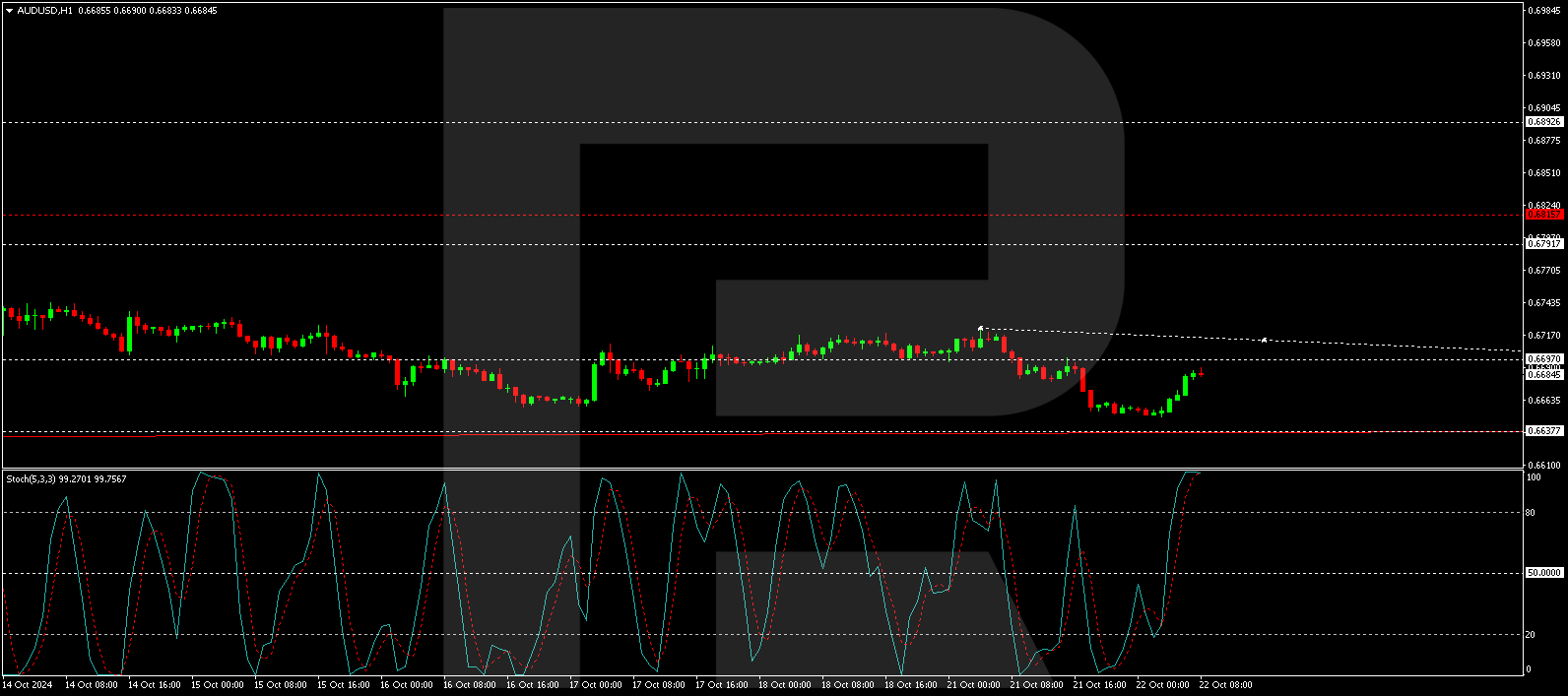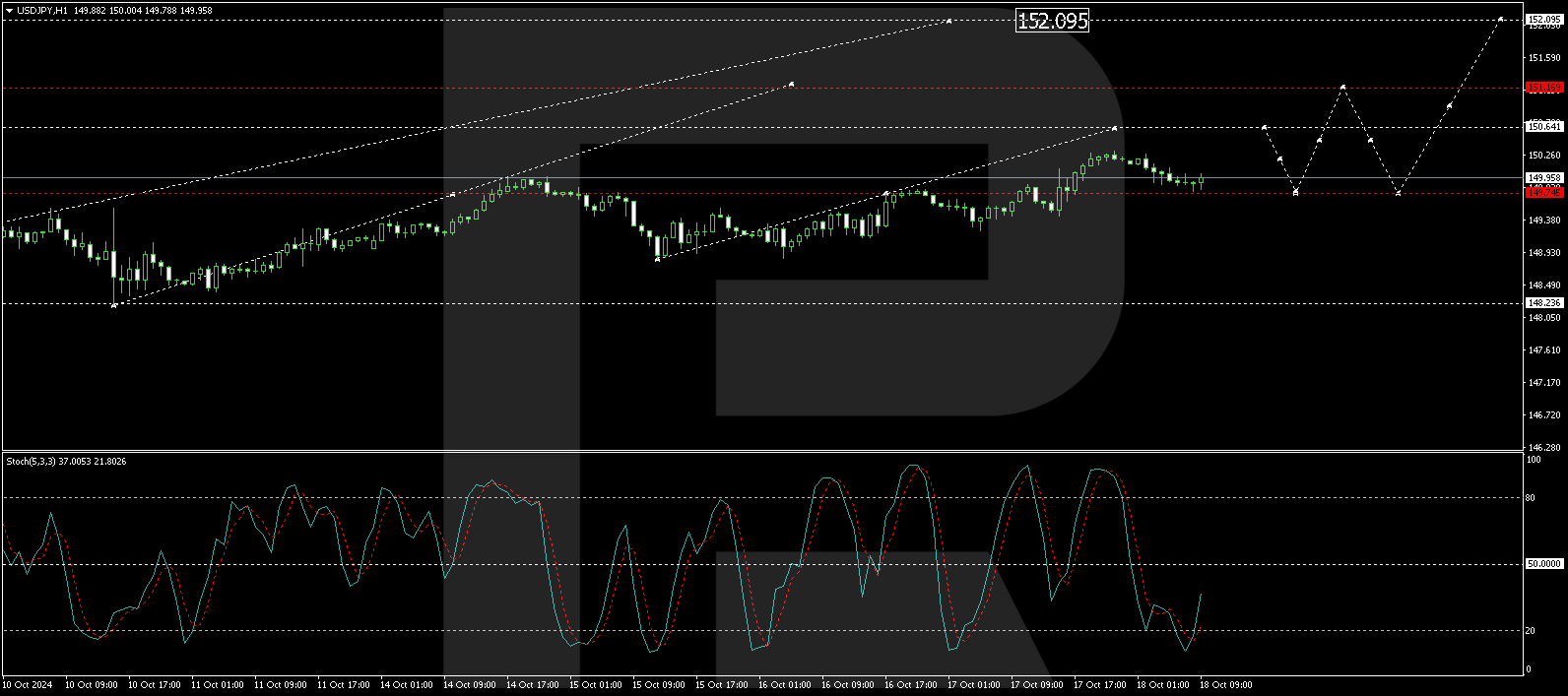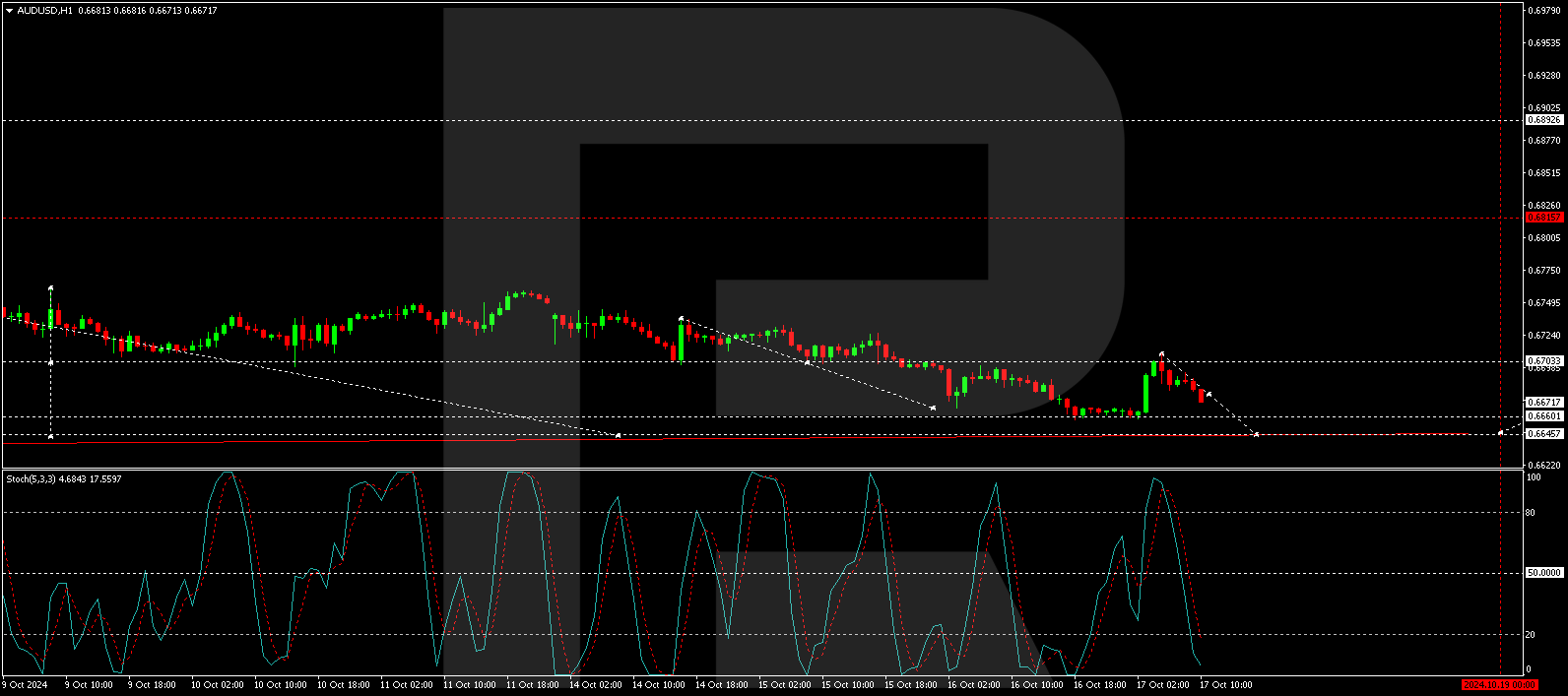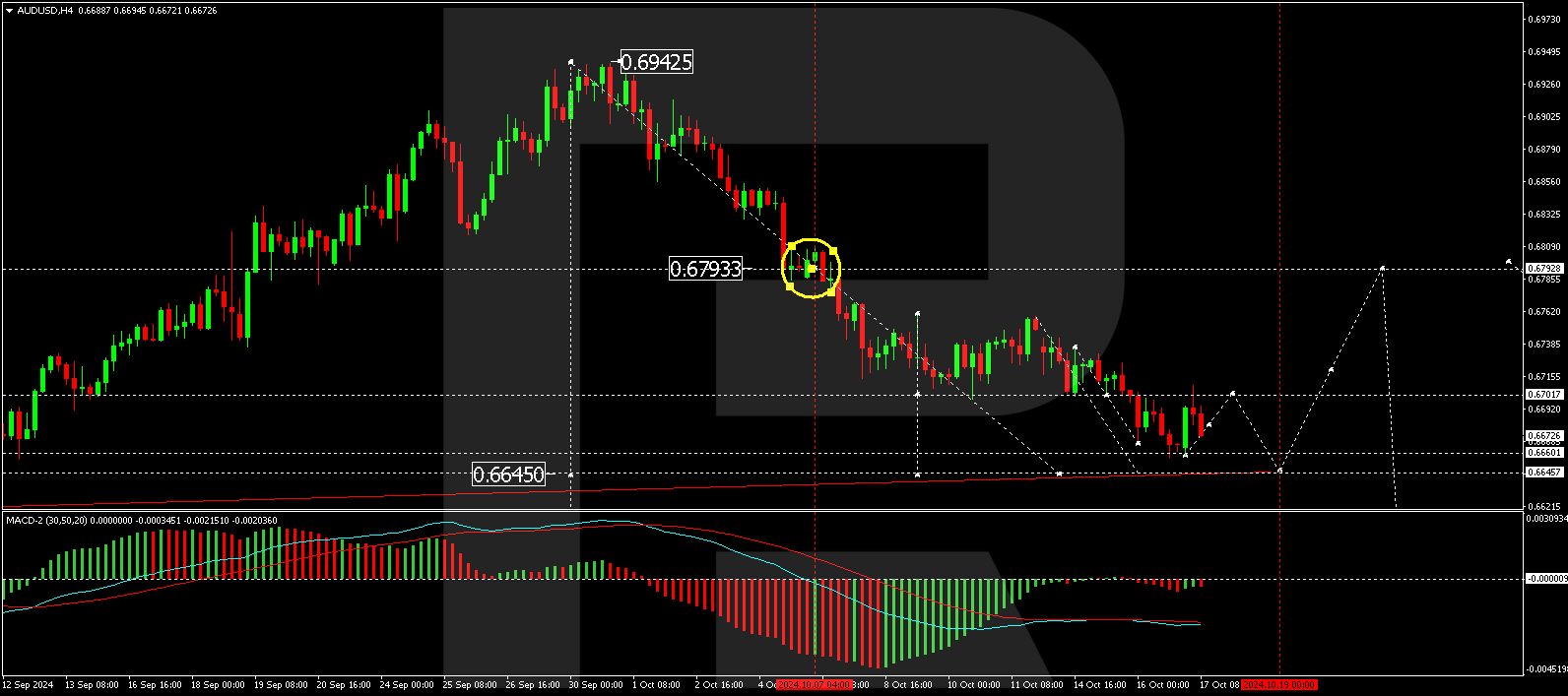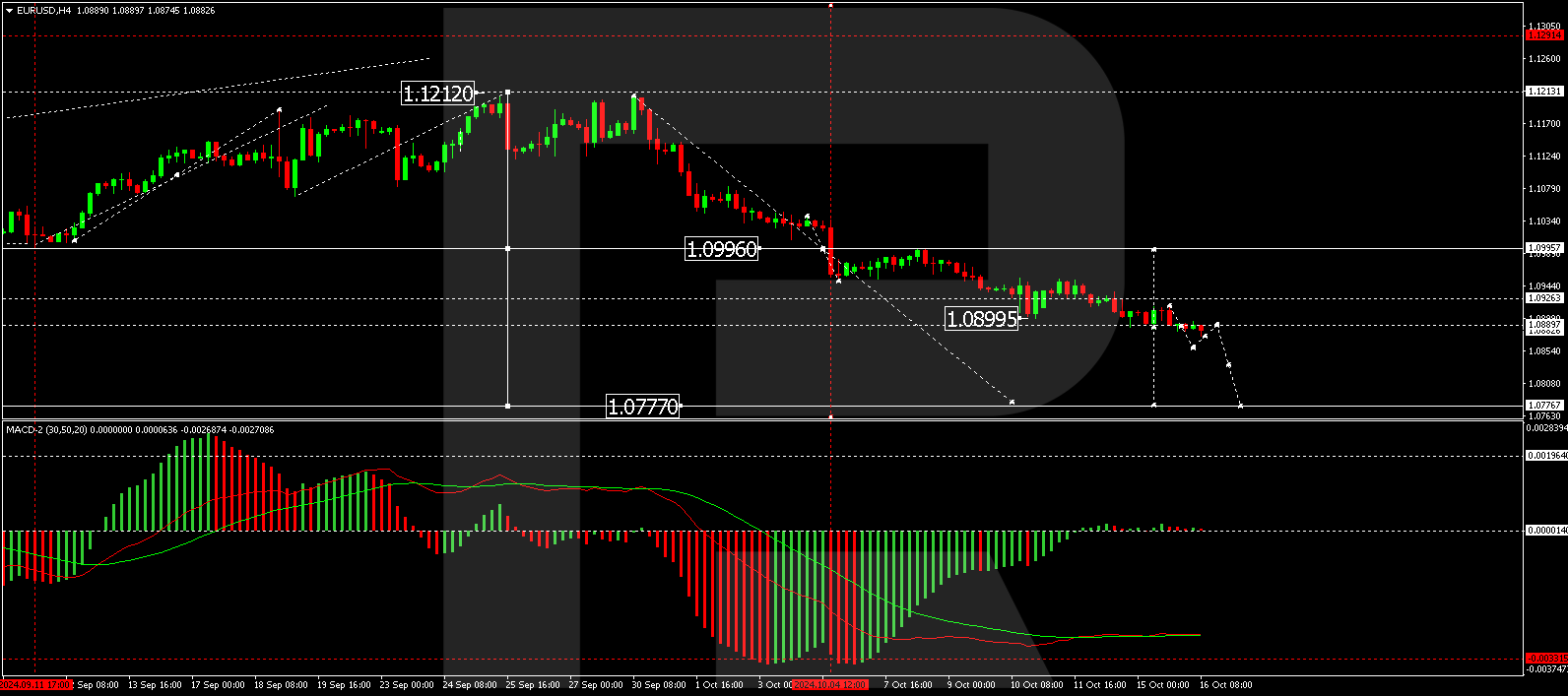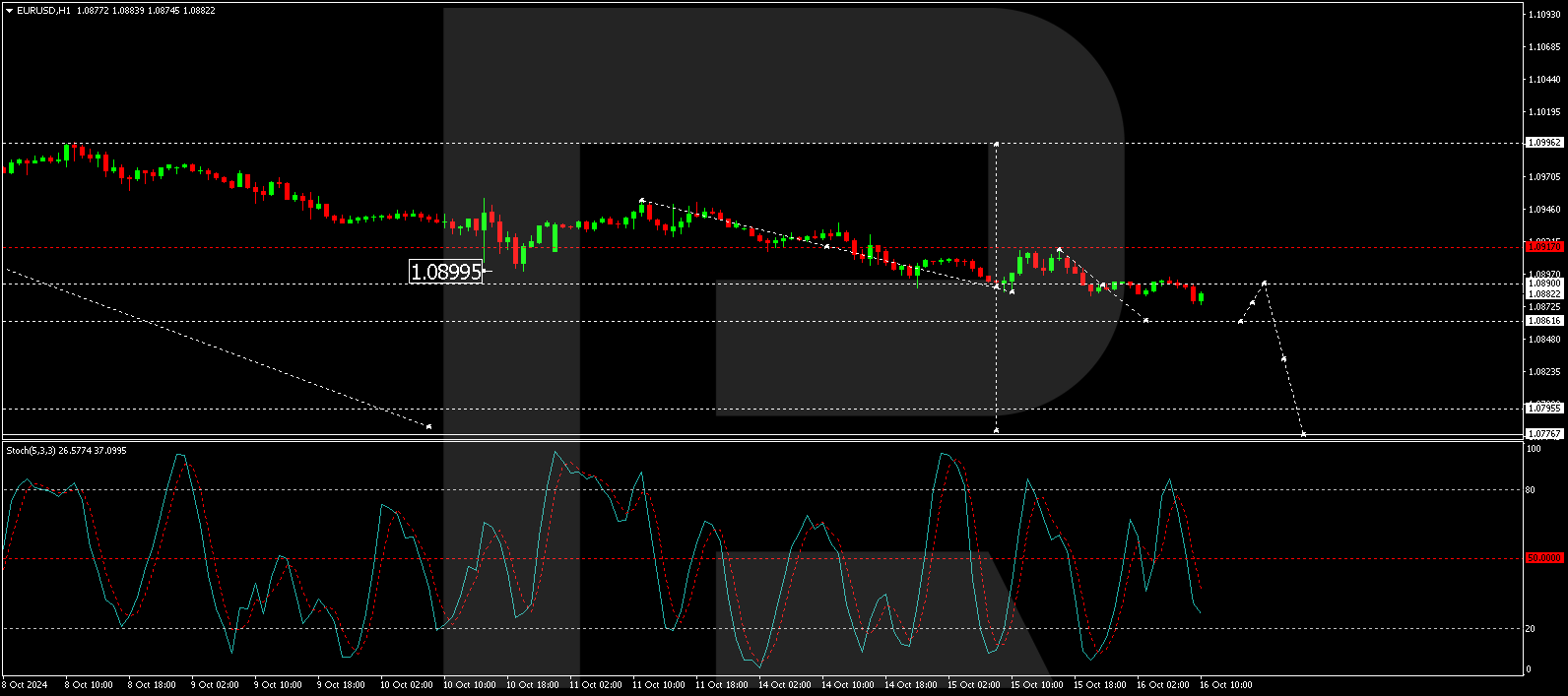By InvestMacro
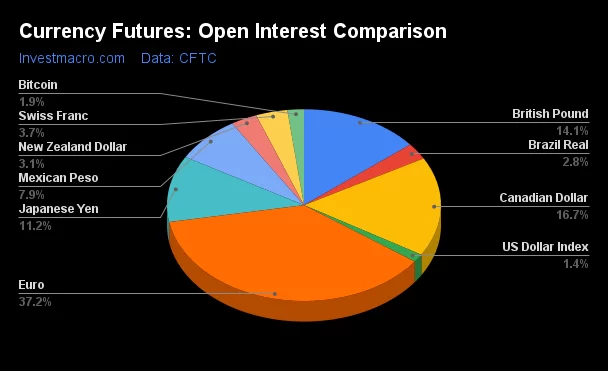
Here are the latest charts and statistics for the Commitment of Traders (COT) data published by the Commodities Futures Trading Commission (CFTC).
The latest COT data is updated through Tuesday October 15th and shows a quick view of how large market participants (for-profit speculators and commercial traders) were positioned in the futures markets. All currency positions are in direct relation to the US dollar where, for example, a bet for the euro is a bet that the euro will rise versus the dollar while a bet against the euro will be a bet that the euro will decline versus the dollar.
Weekly Speculator Changes led by Brazilian Real & British Pound
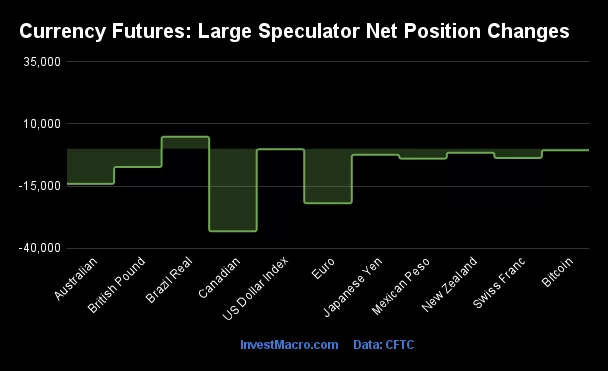
The COT currency market speculator bets were decidedly lower this week as just one out of the eleven currency markets we cover had higher positioning while the other ten markets had lower speculator contracts.
Leading the gains was the Brazilian Real (4,836 contracts) which came through as the only currency having a positive week this week.
The currencies seeing declines in speculator bets on the week were the Canadian Dollar (-33,242 contracts), the EuroFX (-21,948 contracts), the Australian Dollar (-14,153 contracts), the British Pound (-7,333 contracts), the Mexican Peso (-3,947 contracts), the Swiss Franc (-3,702 contracts), the Japanese Yen (-2,418 contracts), the New Zealand Dollar (-1,573 contracts), Bitcoin (-590 contracts) and with the US Dollar Index (-211 contracts) also registering lower bets on the week.
Speculators continue to reduce US Dollar Index, Canadian Dollar bets
This week’s COT currency’s data saw speculators continue to drop their US Dollar Index bets as well as their wagers for the Canadian Dollar.
The USD Index speculative position has fallen for five consecutive weeks and by a total of -22,310 contracts over the last five weeks. This weakness has now dropped the current USD Index speculator position (at -2,100 contracts) to the most bearish level since June 15th of 2021, a span of 174 weeks. This can also be seen in the speculator strength index score for the USD Index which is at 0 percent or in other words, the weakest speculator level of the past three years.
The average speculator contract position over 2024 has dipped to a weekly average of +6,528 contracts through Tuesday. This follows the weekly average of +12,782 contracts over the course of 2023. The 2022 year was a very strong Dollar environment and the USD Index speculator contracts averaged a total of +33,606 contracts per week over the course of that year.
Despite the erosion of the large speculator sentiment, the US Dollar Index (DX) price has increased for three straight weeks and closed the week around 103.30. Previously at the end of September, the price had fallen to the 100.00 level where it found support and bounced rather strongly. Since that strong support, the USD has sailed through the 102.50-103.00 level and the next overhead resistance for the USD coming up is the 104.50-105.00 levels.
The Canadian dollar saw the largest decrease in speculator bets for all the currencies this week. The weaker sentiment coincides with declining oil prices as well as with the expectation the Bank of Canada will be potentially reducing their interest rate by 50 basis points in the coming week. This week’s speculator standing for the CAD is the 10th most bearish level on record at a total of -122,393 net contracts. The all-time record low of -196,263 contracts took place not to long ago on July 30th of 2024.
The CAD exchange rate against the USD has fallen for three straight weeks and is starting to reach the lowest levels of the past few years. Currently, the CAD price (CADUSD or CAD futures) is trading at 0.7254 with a major support level residing close below at 0.7200. This level has provided support three times since 2022 and most recently was tested and rejected in August.
Currencies Net Speculators Leaderboard
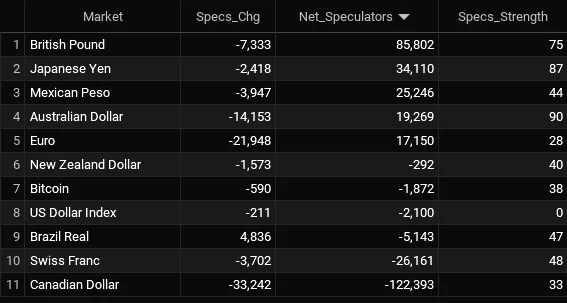
Legend: Weekly Speculators Change | Speculators Current Net Position | Speculators Strength Score compared to last 3-Years (0-100 range)
Strength Scores led by Australian Dollar & Japanese Yen
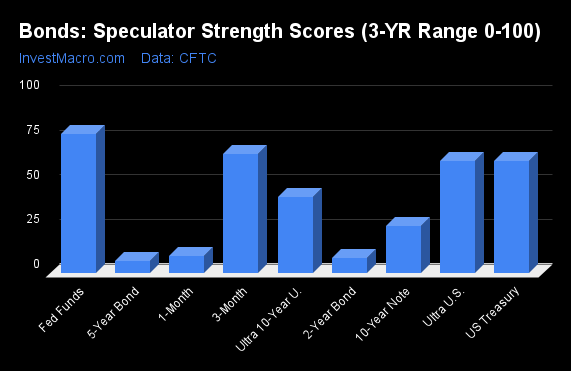
COT Strength Scores (a normalized measure of Speculator positions over a 3-Year range, from 0 to 100 where above 80 is Extreme-Bullish and below 20 is Extreme-Bearish) showed that the Australian Dollar (90 percent) and the Japanese Yen (87 percent) lead the currency markets this week. The British Pound (75 percent) comes in as the next highest in the weekly strength scores.
On the downside, the US Dollar Index (0 percent) comes in at the lowest strength levels currently and is in Extreme-Bearish territory (below 20 percent). The next lowest strength scores are the EuroFX (28 percent), the Canadian Dollar (33 percent) and the Bitcoin (38 percent).
3-Year Strength Statistics:
US Dollar Index (0.0 percent) vs US Dollar Index previous week (0.4 percent)
EuroFX (27.6 percent) vs EuroFX previous week (37.0 percent)
British Pound Sterling (74.7 percent) vs British Pound Sterling previous week (78.0 percent)
Japanese Yen (87.3 percent) vs Japanese Yen previous week (88.2 percent)
Swiss Franc (47.9 percent) vs Swiss Franc previous week (55.4 percent)
Canadian Dollar (33.1 percent) vs Canadian Dollar previous week (48.0 percent)
Australian Dollar (90.0 percent) vs Australian Dollar previous week (100.0 percent)
New Zealand Dollar (40.3 percent) vs New Zealand Dollar previous week (43.4 percent)
Mexican Peso (43.8 percent) vs Mexican Peso previous week (45.8 percent)
Brazilian Real (47.2 percent) vs Brazilian Real previous week (42.6 percent)
Bitcoin (38.2 percent) vs Bitcoin previous week (47.1 percent)
Brazilian Real & Australian Dollar top the 6-Week Strength Trends
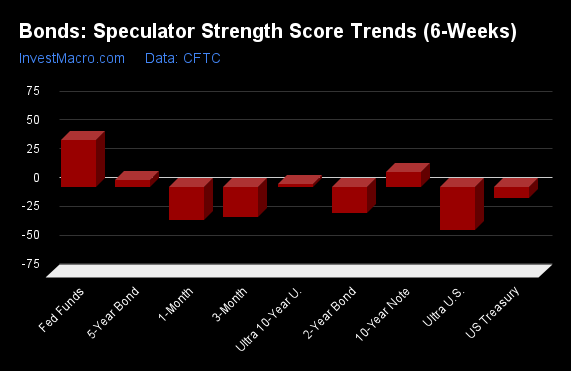
COT Strength Score Trends (or move index, calculates the 6-week changes in strength scores) showed that the Brazilian Real (43 percent) and the Australian Dollar (19 percent) lead the past six weeks trends for the currencies.
The US Dollar Index (-46 percent) leads the downside trend scores currently with the EuroFX (-35 percent), Bitcoin (-30 percent) and the Canadian Dollar (-24 percent) following next with lower trend scores.
3-Year Strength Trends:
US Dollar Index (-45.7 percent) vs US Dollar Index previous week (-44.2 percent)
EuroFX (-35.3 percent) vs EuroFX previous week (-22.9 percent)
British Pound Sterling (-10.0 percent) vs British Pound Sterling previous week (1.4 percent)
Japanese Yen (-2.8 percent) vs Japanese Yen previous week (4.3 percent)
Swiss Franc (-8.7 percent) vs Swiss Franc previous week (4.4 percent)
Canadian Dollar (-24.1 percent) vs Canadian Dollar previous week (9.3 percent)
Australian Dollar (19.2 percent) vs Australian Dollar previous week (37.3 percent)
New Zealand Dollar (-0.1 percent) vs New Zealand Dollar previous week (18.5 percent)
Mexican Peso (-2.6 percent) vs Mexican Peso previous week (-0.7 percent)
Brazilian Real (43.3 percent) vs Brazilian Real previous week (40.8 percent)
Bitcoin (-29.8 percent) vs Bitcoin previous week (-16.8 percent)
Individual COT Forex Markets:
US Dollar Index Futures:
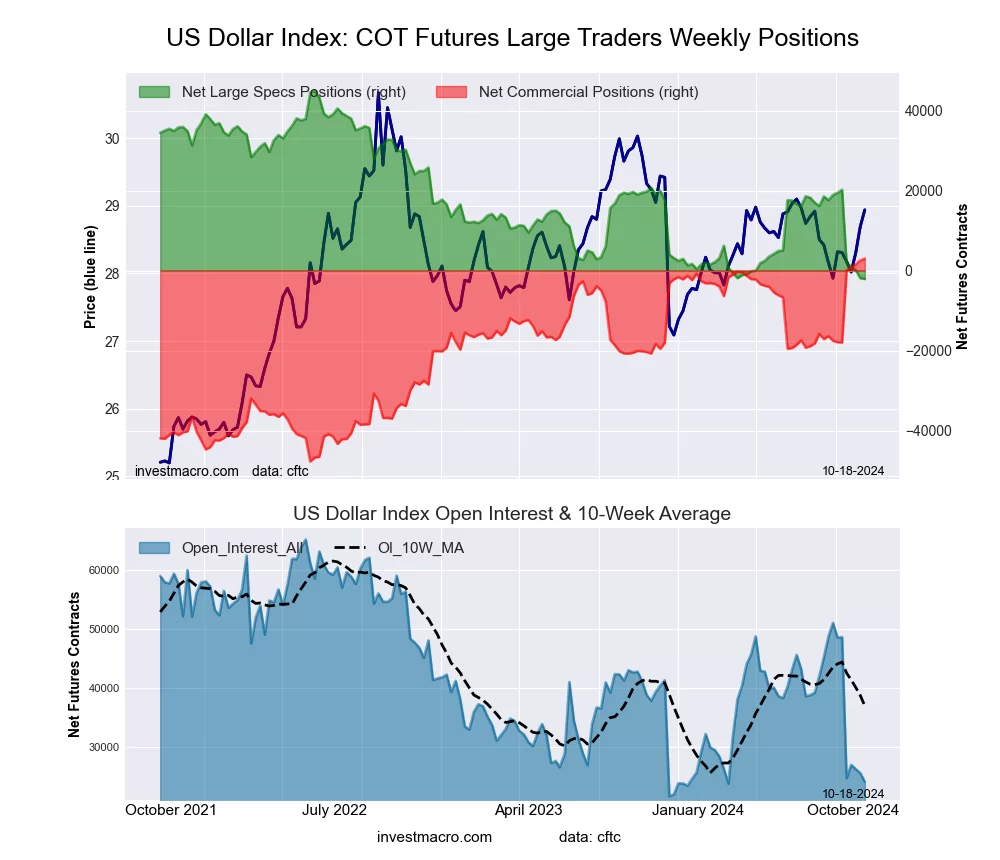 The US Dollar Index large speculator standing this week recorded a net position of -2,100 contracts in the data reported through Tuesday. This was a weekly lowering of -211 contracts from the previous week which had a total of -1,889 net contracts.
The US Dollar Index large speculator standing this week recorded a net position of -2,100 contracts in the data reported through Tuesday. This was a weekly lowering of -211 contracts from the previous week which had a total of -1,889 net contracts.
This week’s current strength score (the trader positioning range over the past three years, measured from 0 to 100) shows the speculators are currently Bearish-Extreme with a score of 0.0 percent. The commercials are Bullish-Extreme with a score of 100.0 percent and the small traders (not shown in chart) are Bearish-Extreme with a score of 13.6 percent.
Price Trend-Following Model: Weak Downtrend
Our weekly trend-following model classifies the current market price position as: Weak Downtrend.
| US DOLLAR INDEX Statistics | SPECULATORS | COMMERCIALS | SMALL TRADERS |
| – Percent of Open Interest Longs: | 63.5 | 19.1 | 11.6 |
| – Percent of Open Interest Shorts: | 72.2 | 6.6 | 15.3 |
| – Net Position: | -2,100 | 3,011 | -911 |
| – Gross Longs: | 15,352 | 4,607 | 2,792 |
| – Gross Shorts: | 17,452 | 1,596 | 3,703 |
| – Long to Short Ratio: | 0.9 to 1 | 2.9 to 1 | 0.8 to 1 |
| NET POSITION TREND: | | | |
| – Strength Index Score (3 Year Range Pct): | 0.0 | 100.0 | 13.6 |
| – Strength Index Reading (3 Year Range): | Bearish-Extreme | Bullish-Extreme | Bearish-Extreme |
| NET POSITION MOVEMENT INDEX: | | | |
| – 6-Week Change in Strength Index: | -45.7 | 41.2 | 6.3 |
Euro Currency Futures:
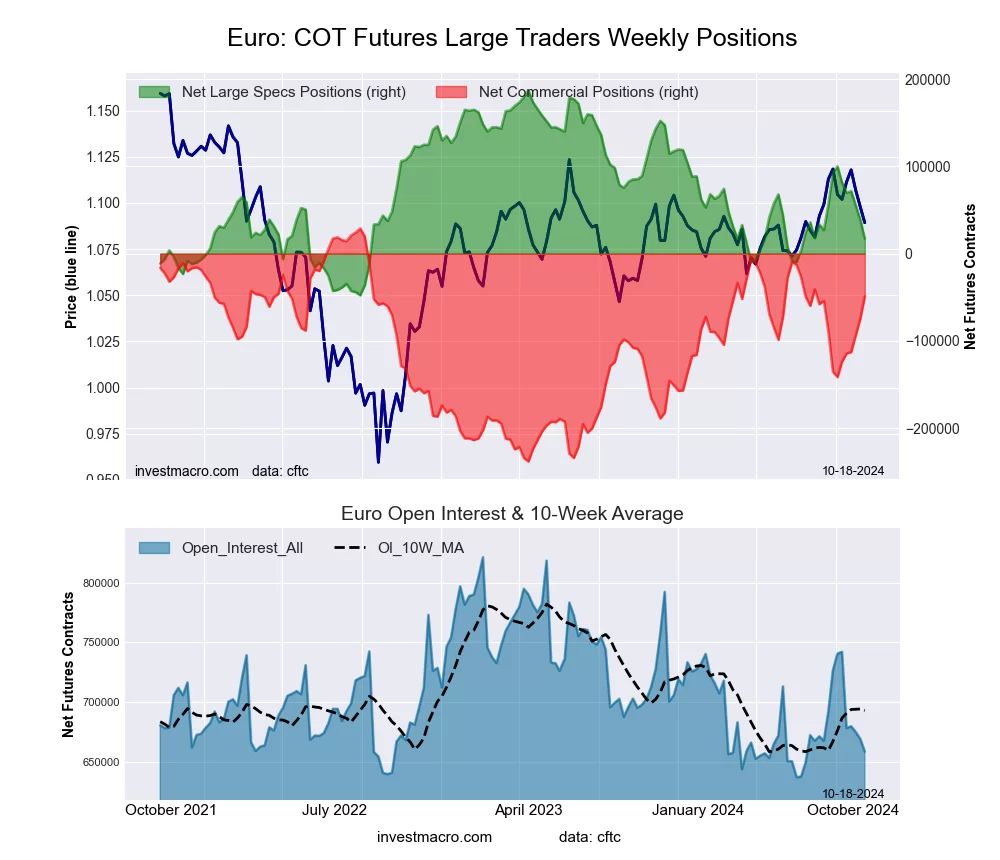 The Euro Currency large speculator standing this week recorded a net position of 17,150 contracts in the data reported through Tuesday. This was a weekly decline of -21,948 contracts from the previous week which had a total of 39,098 net contracts.
The Euro Currency large speculator standing this week recorded a net position of 17,150 contracts in the data reported through Tuesday. This was a weekly decline of -21,948 contracts from the previous week which had a total of 39,098 net contracts.
This week’s current strength score (the trader positioning range over the past three years, measured from 0 to 100) shows the speculators are currently Bearish with a score of 27.6 percent. The commercials are Bullish with a score of 70.9 percent and the small traders (not shown in chart) are Bearish with a score of 42.5 percent.
Price Trend-Following Model: Weak Uptrend
Our weekly trend-following model classifies the current market price position as: Weak Uptrend.
| EURO Currency Statistics | SPECULATORS | COMMERCIALS | SMALL TRADERS |
| – Percent of Open Interest Longs: | 25.7 | 58.1 | 12.5 |
| – Percent of Open Interest Shorts: | 23.1 | 65.6 | 7.6 |
| – Net Position: | 17,150 | -48,975 | 31,825 |
| – Gross Longs: | 169,319 | 382,899 | 82,051 |
| – Gross Shorts: | 152,169 | 431,874 | 50,226 |
| – Long to Short Ratio: | 1.1 to 1 | 0.9 to 1 | 1.6 to 1 |
| NET POSITION TREND: | | | |
| – Strength Index Score (3 Year Range Pct): | 27.6 | 70.9 | 42.5 |
| – Strength Index Reading (3 Year Range): | Bearish | Bullish | Bearish |
| NET POSITION MOVEMENT INDEX: | | | |
| – 6-Week Change in Strength Index: | -35.3 | 34.6 | -22.1 |
British Pound Sterling Futures:
 The British Pound Sterling large speculator standing this week recorded a net position of 85,802 contracts in the data reported through Tuesday. This was a weekly reduction of -7,333 contracts from the previous week which had a total of 93,135 net contracts.
The British Pound Sterling large speculator standing this week recorded a net position of 85,802 contracts in the data reported through Tuesday. This was a weekly reduction of -7,333 contracts from the previous week which had a total of 93,135 net contracts.
This week’s current strength score (the trader positioning range over the past three years, measured from 0 to 100) shows the speculators are currently Bullish with a score of 74.7 percent. The commercials are Bearish with a score of 21.8 percent and the small traders (not shown in chart) are Bullish-Extreme with a score of 90.9 percent.
Price Trend-Following Model: Uptrend
Our weekly trend-following model classifies the current market price position as: Uptrend.
| BRITISH POUND Statistics | SPECULATORS | COMMERCIALS | SMALL TRADERS |
| – Percent of Open Interest Longs: | 60.7 | 22.0 | 15.1 |
| – Percent of Open Interest Shorts: | 26.4 | 61.7 | 9.6 |
| – Net Position: | 85,802 | -99,448 | 13,646 |
| – Gross Longs: | 151,923 | 54,936 | 37,756 |
| – Gross Shorts: | 66,121 | 154,384 | 24,110 |
| – Long to Short Ratio: | 2.3 to 1 | 0.4 to 1 | 1.6 to 1 |
| NET POSITION TREND: | | | |
| – Strength Index Score (3 Year Range Pct): | 74.7 | 21.8 | 90.9 |
| – Strength Index Reading (3 Year Range): | Bullish | Bearish | Bullish-Extreme |
| NET POSITION MOVEMENT INDEX: | | | |
| – 6-Week Change in Strength Index: | -10.0 | 8.6 | 1.6 |
Japanese Yen Futures:
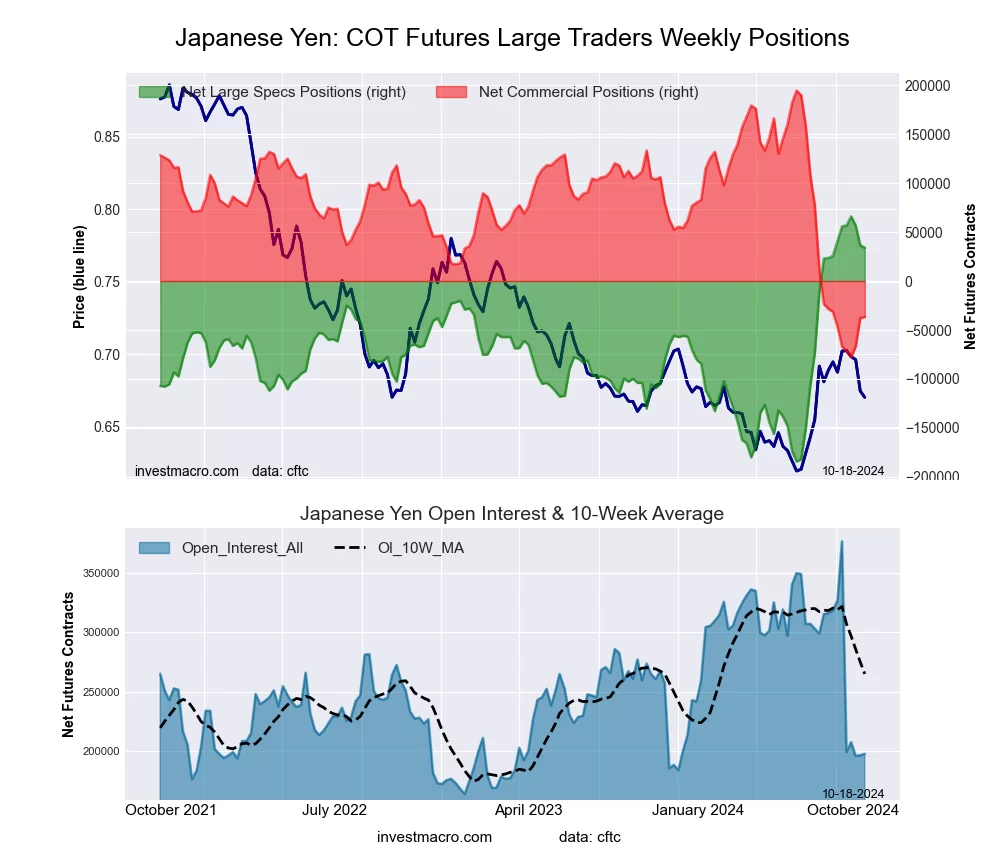 The Japanese Yen large speculator standing this week recorded a net position of 34,110 contracts in the data reported through Tuesday. This was a weekly reduction of -2,418 contracts from the previous week which had a total of 36,528 net contracts.
The Japanese Yen large speculator standing this week recorded a net position of 34,110 contracts in the data reported through Tuesday. This was a weekly reduction of -2,418 contracts from the previous week which had a total of 36,528 net contracts.
This week’s current strength score (the trader positioning range over the past three years, measured from 0 to 100) shows the speculators are currently Bullish-Extreme with a score of 87.3 percent. The commercials are Bearish-Extreme with a score of 15.0 percent and the small traders (not shown in chart) are Bullish with a score of 69.8 percent.
Price Trend-Following Model: Weak Uptrend
Our weekly trend-following model classifies the current market price position as: Weak Uptrend.
| JAPANESE YEN Statistics | SPECULATORS | COMMERCIALS | SMALL TRADERS |
| – Percent of Open Interest Longs: | 43.8 | 34.7 | 19.1 |
| – Percent of Open Interest Shorts: | 26.6 | 53.2 | 17.8 |
| – Net Position: | 34,110 | -36,639 | 2,529 |
| – Gross Longs: | 86,685 | 68,697 | 37,699 |
| – Gross Shorts: | 52,575 | 105,336 | 35,170 |
| – Long to Short Ratio: | 1.6 to 1 | 0.7 to 1 | 1.1 to 1 |
| NET POSITION TREND: | | | |
| – Strength Index Score (3 Year Range Pct): | 87.3 | 15.0 | 69.8 |
| – Strength Index Reading (3 Year Range): | Bullish-Extreme | Bearish-Extreme | Bullish |
| NET POSITION MOVEMENT INDEX: | | | |
| – 6-Week Change in Strength Index: | -2.8 | 3.7 | -7.6 |
Swiss Franc Futures:
 The Swiss Franc large speculator standing this week recorded a net position of -26,161 contracts in the data reported through Tuesday. This was a weekly decrease of -3,702 contracts from the previous week which had a total of -22,459 net contracts.
The Swiss Franc large speculator standing this week recorded a net position of -26,161 contracts in the data reported through Tuesday. This was a weekly decrease of -3,702 contracts from the previous week which had a total of -22,459 net contracts.
This week’s current strength score (the trader positioning range over the past three years, measured from 0 to 100) shows the speculators are currently Bearish with a score of 47.9 percent. The commercials are Bearish with a score of 49.0 percent and the small traders (not shown in chart) are Bullish with a score of 57.6 percent.
Price Trend-Following Model: Weak Uptrend
Our weekly trend-following model classifies the current market price position as: Weak Uptrend.
| SWISS FRANC Statistics | SPECULATORS | COMMERCIALS | SMALL TRADERS |
| – Percent of Open Interest Longs: | 10.3 | 73.0 | 15.9 |
| – Percent of Open Interest Shorts: | 49.9 | 27.1 | 22.2 |
| – Net Position: | -26,161 | 30,369 | -4,208 |
| – Gross Longs: | 6,834 | 48,275 | 10,505 |
| – Gross Shorts: | 32,995 | 17,906 | 14,713 |
| – Long to Short Ratio: | 0.2 to 1 | 2.7 to 1 | 0.7 to 1 |
| NET POSITION TREND: | | | |
| – Strength Index Score (3 Year Range Pct): | 47.9 | 49.0 | 57.6 |
| – Strength Index Reading (3 Year Range): | Bearish | Bearish | Bullish |
| NET POSITION MOVEMENT INDEX: | | | |
| – 6-Week Change in Strength Index: | -8.7 | 11.3 | -12.2 |
Canadian Dollar Futures:
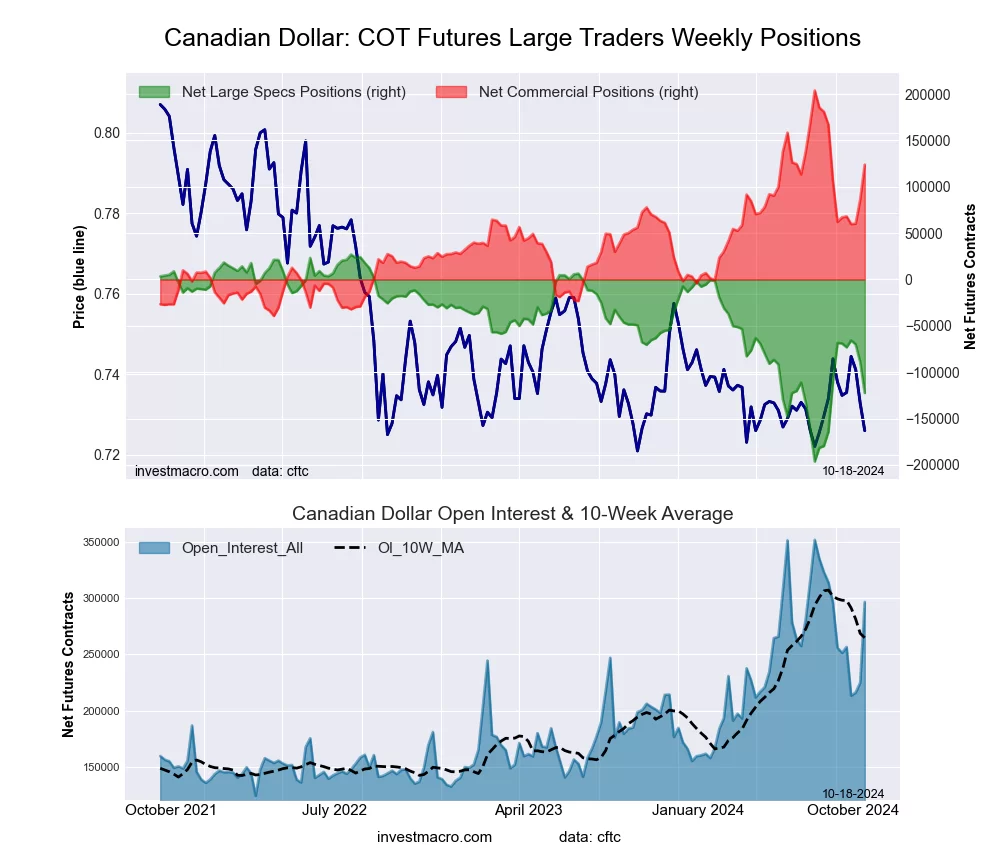 The Canadian Dollar large speculator standing this week recorded a net position of -122,393 contracts in the data reported through Tuesday. This was a weekly reduction of -33,242 contracts from the previous week which had a total of -89,151 net contracts.
The Canadian Dollar large speculator standing this week recorded a net position of -122,393 contracts in the data reported through Tuesday. This was a weekly reduction of -33,242 contracts from the previous week which had a total of -89,151 net contracts.
This week’s current strength score (the trader positioning range over the past three years, measured from 0 to 100) shows the speculators are currently Bearish with a score of 33.1 percent. The commercials are Bullish with a score of 67.1 percent and the small traders (not shown in chart) are Bearish with a score of 26.3 percent.
Price Trend-Following Model: Weak Uptrend
Our weekly trend-following model classifies the current market price position as: Weak Uptrend.
| CANADIAN DOLLAR Statistics | SPECULATORS | COMMERCIALS | SMALL TRADERS |
| – Percent of Open Interest Longs: | 12.4 | 76.4 | 9.8 |
| – Percent of Open Interest Shorts: | 53.7 | 34.6 | 10.3 |
| – Net Position: | -122,393 | 123,906 | -1,513 |
| – Gross Longs: | 36,718 | 226,425 | 29,024 |
| – Gross Shorts: | 159,111 | 102,519 | 30,537 |
| – Long to Short Ratio: | 0.2 to 1 | 2.2 to 1 | 1.0 to 1 |
| NET POSITION TREND: | | | |
| – Strength Index Score (3 Year Range Pct): | 33.1 | 67.1 | 26.3 |
| – Strength Index Reading (3 Year Range): | Bearish | Bullish | Bearish |
| NET POSITION MOVEMENT INDEX: | | | |
| – 6-Week Change in Strength Index: | -24.1 | 25.5 | -23.7 |
Australian Dollar Futures:
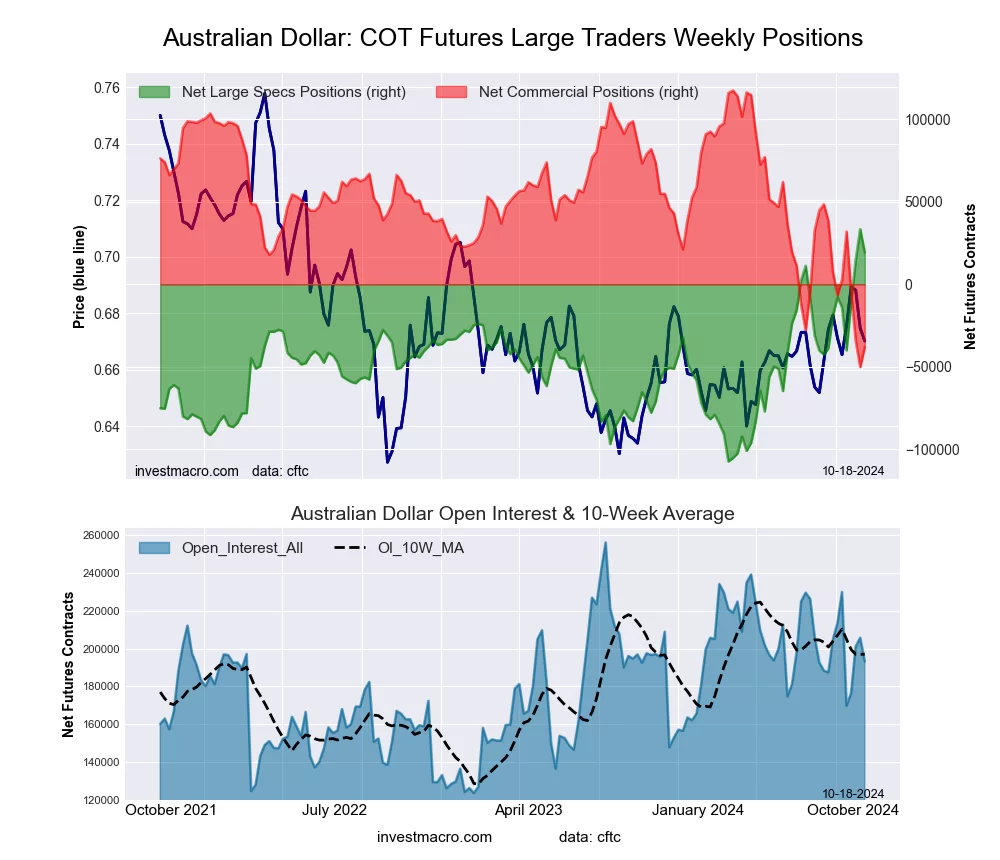 The Australian Dollar large speculator standing this week recorded a net position of 19,269 contracts in the data reported through Tuesday. This was a weekly decrease of -14,153 contracts from the previous week which had a total of 33,422 net contracts.
The Australian Dollar large speculator standing this week recorded a net position of 19,269 contracts in the data reported through Tuesday. This was a weekly decrease of -14,153 contracts from the previous week which had a total of 33,422 net contracts.
This week’s current strength score (the trader positioning range over the past three years, measured from 0 to 100) shows the speculators are currently Bullish-Extreme with a score of 90.0 percent. The commercials are Bearish-Extreme with a score of 7.3 percent and the small traders (not shown in chart) are Bullish-Extreme with a score of 98.7 percent.
Price Trend-Following Model: Weak Uptrend
Our weekly trend-following model classifies the current market price position as: Weak Uptrend.
| AUSTRALIAN DOLLAR Statistics | SPECULATORS | COMMERCIALS | SMALL TRADERS |
| – Percent of Open Interest Longs: | 51.2 | 29.2 | 18.1 |
| – Percent of Open Interest Shorts: | 41.3 | 48.9 | 8.4 |
| – Net Position: | 19,269 | -38,078 | 18,809 |
| – Gross Longs: | 99,051 | 56,412 | 34,998 |
| – Gross Shorts: | 79,782 | 94,490 | 16,189 |
| – Long to Short Ratio: | 1.2 to 1 | 0.6 to 1 | 2.2 to 1 |
| NET POSITION TREND: | | | |
| – Strength Index Score (3 Year Range Pct): | 90.0 | 7.3 | 98.7 |
| – Strength Index Reading (3 Year Range): | Bullish-Extreme | Bearish-Extreme | Bullish-Extreme |
| NET POSITION MOVEMENT INDEX: | | | |
| – 6-Week Change in Strength Index: | 19.2 | -18.6 | 10.6 |
New Zealand Dollar Futures:
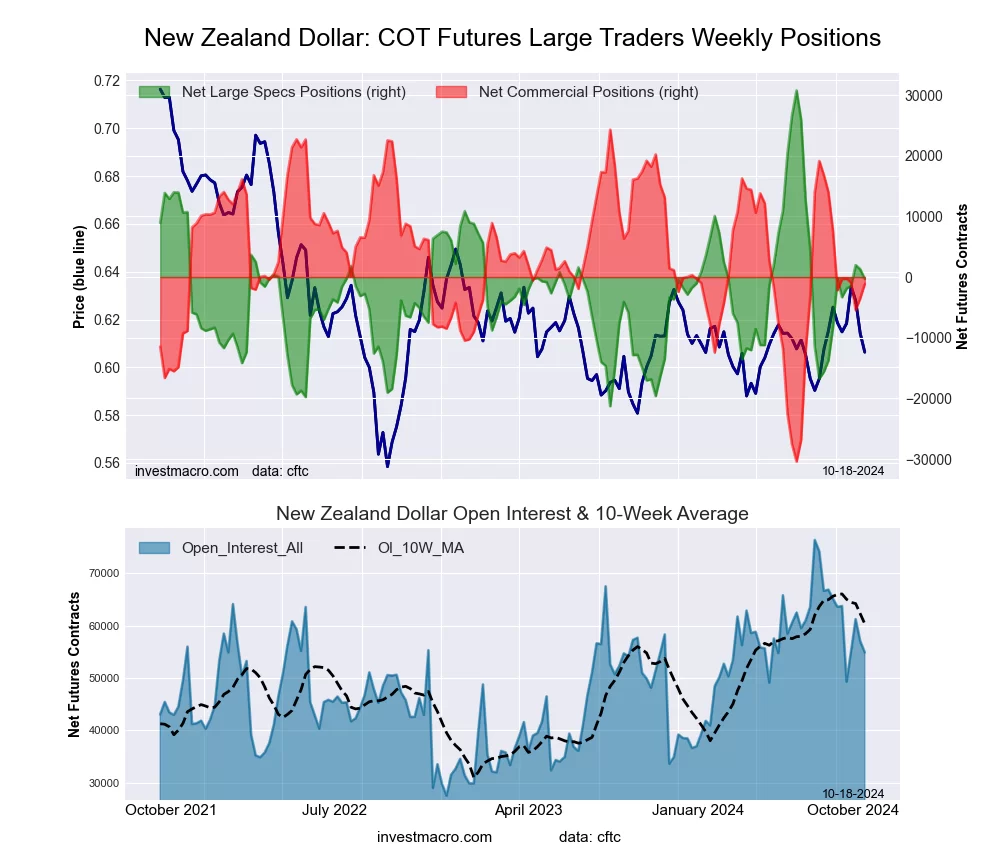 The New Zealand Dollar large speculator standing this week recorded a net position of -292 contracts in the data reported through Tuesday. This was a weekly fall of -1,573 contracts from the previous week which had a total of 1,281 net contracts.
The New Zealand Dollar large speculator standing this week recorded a net position of -292 contracts in the data reported through Tuesday. This was a weekly fall of -1,573 contracts from the previous week which had a total of 1,281 net contracts.
This week’s current strength score (the trader positioning range over the past three years, measured from 0 to 100) shows the speculators are currently Bearish with a score of 40.3 percent. The commercials are Bullish with a score of 53.5 percent and the small traders (not shown in chart) are Bullish with a score of 71.4 percent.
Price Trend-Following Model: Weak Uptrend
Our weekly trend-following model classifies the current market price position as: Weak Uptrend.
| NEW ZEALAND DOLLAR Statistics | SPECULATORS | COMMERCIALS | SMALL TRADERS |
| – Percent of Open Interest Longs: | 45.7 | 45.1 | 8.5 |
| – Percent of Open Interest Shorts: | 46.2 | 47.1 | 5.9 |
| – Net Position: | -292 | -1,122 | 1,414 |
| – Gross Longs: | 25,079 | 24,748 | 4,646 |
| – Gross Shorts: | 25,371 | 25,870 | 3,232 |
| – Long to Short Ratio: | 1.0 to 1 | 1.0 to 1 | 1.4 to 1 |
| NET POSITION TREND: | | | |
| – Strength Index Score (3 Year Range Pct): | 40.3 | 53.5 | 71.4 |
| – Strength Index Reading (3 Year Range): | Bearish | Bullish | Bullish |
| NET POSITION MOVEMENT INDEX: | | | |
| – 6-Week Change in Strength Index: | -0.1 | 1.9 | -12.5 |
Mexican Peso Futures:
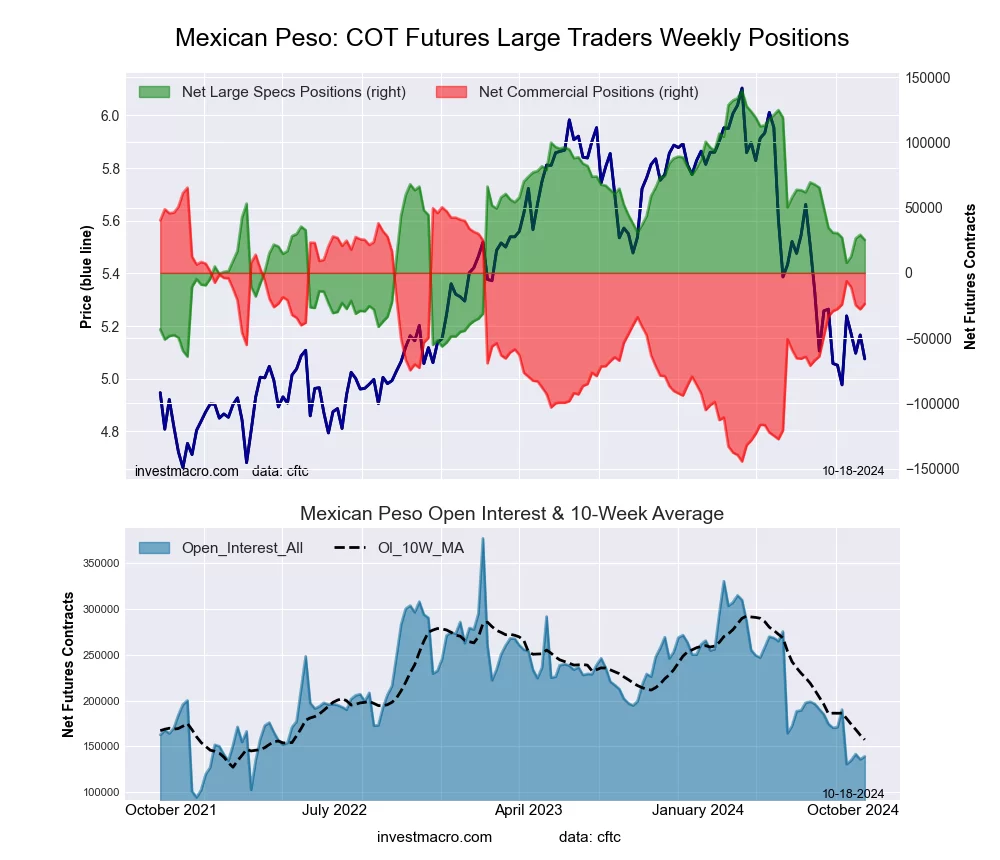 The Mexican Peso large speculator standing this week recorded a net position of 25,246 contracts in the data reported through Tuesday. This was a weekly lowering of -3,947 contracts from the previous week which had a total of 29,193 net contracts.
The Mexican Peso large speculator standing this week recorded a net position of 25,246 contracts in the data reported through Tuesday. This was a weekly lowering of -3,947 contracts from the previous week which had a total of 29,193 net contracts.
This week’s current strength score (the trader positioning range over the past three years, measured from 0 to 100) shows the speculators are currently Bearish with a score of 43.8 percent. The commercials are Bullish with a score of 57.6 percent and the small traders (not shown in chart) are Bearish-Extreme with a score of 7.8 percent.
Price Trend-Following Model: Downtrend
Our weekly trend-following model classifies the current market price position as: Downtrend.
| MEXICAN PESO Statistics | SPECULATORS | COMMERCIALS | SMALL TRADERS |
| – Percent of Open Interest Longs: | 43.7 | 50.6 | 3.0 |
| – Percent of Open Interest Shorts: | 25.5 | 67.6 | 4.1 |
| – Net Position: | 25,246 | -23,735 | -1,511 |
| – Gross Longs: | 60,759 | 70,382 | 4,237 |
| – Gross Shorts: | 35,513 | 94,117 | 5,748 |
| – Long to Short Ratio: | 1.7 to 1 | 0.7 to 1 | 0.7 to 1 |
| NET POSITION TREND: | | | |
| – Strength Index Score (3 Year Range Pct): | 43.8 | 57.6 | 7.8 |
| – Strength Index Reading (3 Year Range): | Bearish | Bullish | Bearish-Extreme |
| NET POSITION MOVEMENT INDEX: | | | |
| – 6-Week Change in Strength Index: | -2.6 | 1.9 | 7.7 |
Brazilian Real Futures:
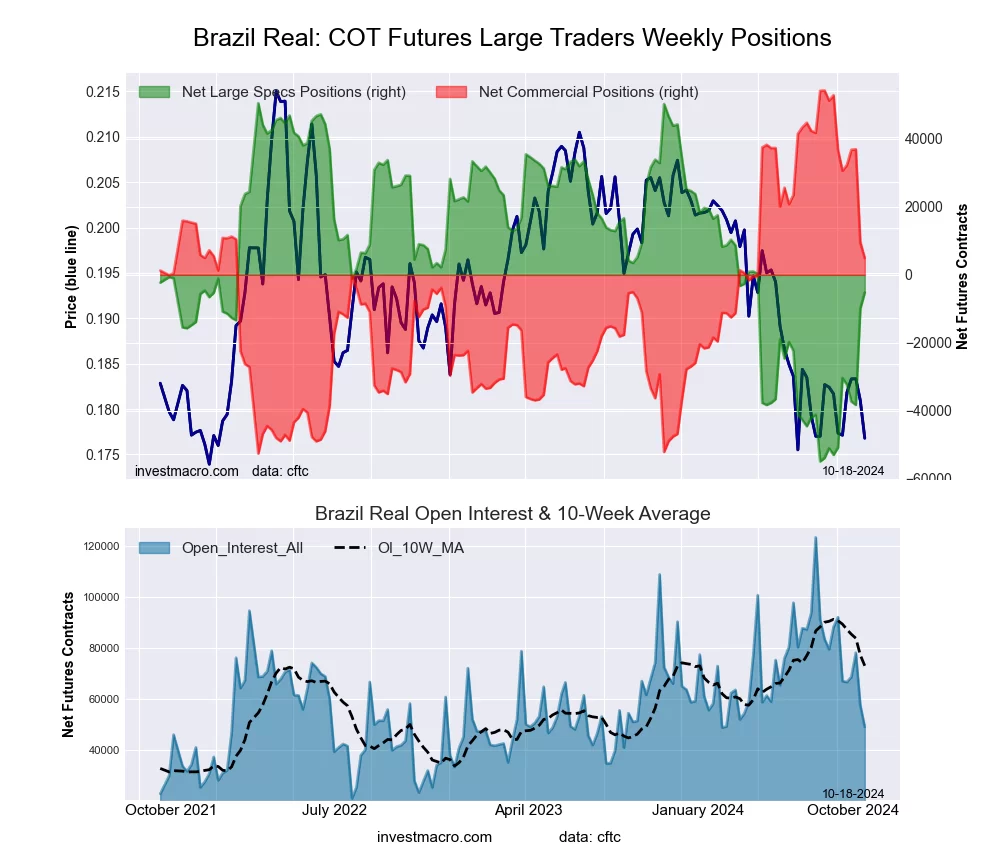 The Brazilian Real large speculator standing this week recorded a net position of -5,143 contracts in the data reported through Tuesday. This was a weekly advance of 4,836 contracts from the previous week which had a total of -9,979 net contracts.
The Brazilian Real large speculator standing this week recorded a net position of -5,143 contracts in the data reported through Tuesday. This was a weekly advance of 4,836 contracts from the previous week which had a total of -9,979 net contracts.
This week’s current strength score (the trader positioning range over the past three years, measured from 0 to 100) shows the speculators are currently Bearish with a score of 47.2 percent. The commercials are Bullish with a score of 53.9 percent and the small traders (not shown in chart) are Bearish with a score of 21.9 percent.
Price Trend-Following Model: Strong Downtrend
Our weekly trend-following model classifies the current market price position as: Strong Downtrend.
| BRAZIL REAL Statistics | SPECULATORS | COMMERCIALS | SMALL TRADERS |
| – Percent of Open Interest Longs: | 38.1 | 53.1 | 5.4 |
| – Percent of Open Interest Shorts: | 48.5 | 43.0 | 5.0 |
| – Net Position: | -5,143 | 4,952 | 191 |
| – Gross Longs: | 18,703 | 26,105 | 2,645 |
| – Gross Shorts: | 23,846 | 21,153 | 2,454 |
| – Long to Short Ratio: | 0.8 to 1 | 1.2 to 1 | 1.1 to 1 |
| NET POSITION TREND: | | | |
| – Strength Index Score (3 Year Range Pct): | 47.2 | 53.9 | 21.9 |
| – Strength Index Reading (3 Year Range): | Bearish | Bullish | Bearish |
| NET POSITION MOVEMENT INDEX: | | | |
| – 6-Week Change in Strength Index: | 43.3 | -29.8 | -78.1 |
Bitcoin Futures:
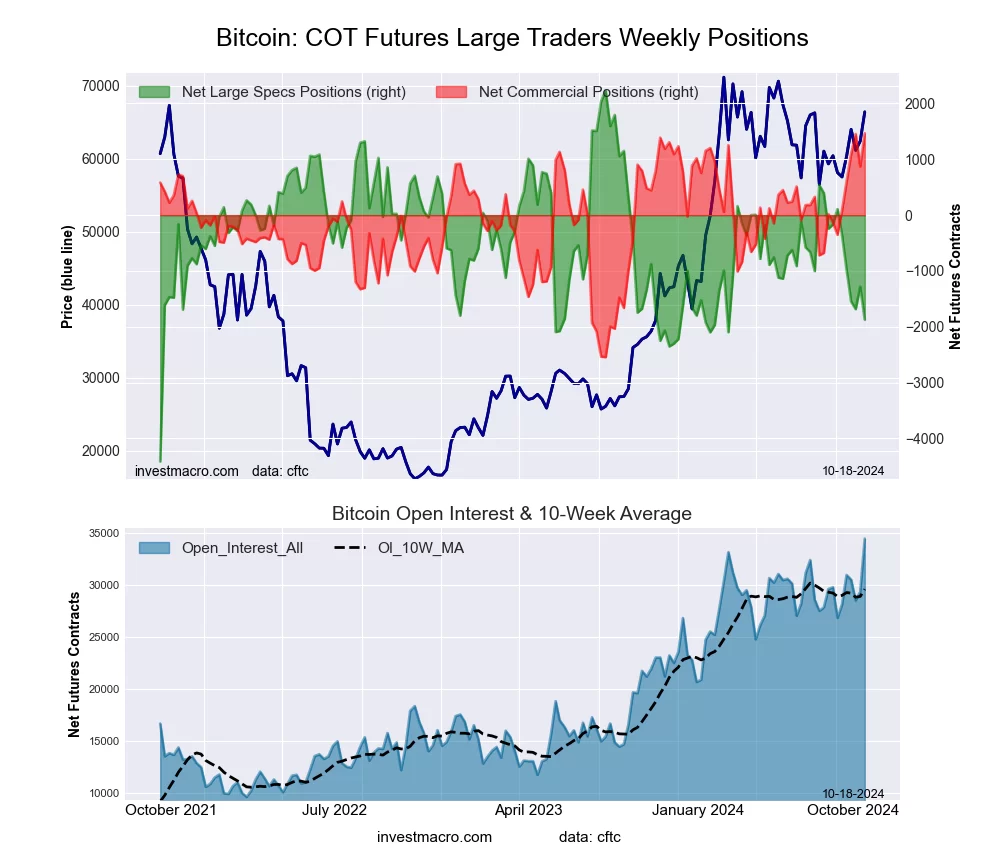 The Bitcoin large speculator standing this week recorded a net position of -1,872 contracts in the data reported through Tuesday. This was a weekly fall of -590 contracts from the previous week which had a total of -1,282 net contracts.
The Bitcoin large speculator standing this week recorded a net position of -1,872 contracts in the data reported through Tuesday. This was a weekly fall of -590 contracts from the previous week which had a total of -1,282 net contracts.
This week’s current strength score (the trader positioning range over the past three years, measured from 0 to 100) shows the speculators are currently Bearish with a score of 38.2 percent. The commercials are Bullish-Extreme with a score of 100.0 percent and the small traders (not shown in chart) are Bearish with a score of 22.2 percent.
Price Trend-Following Model: Weak Downtrend
Our weekly trend-following model classifies the current market price position as: Weak Downtrend.
| BITCOIN Statistics | SPECULATORS | COMMERCIALS | SMALL TRADERS |
| – Percent of Open Interest Longs: | 77.6 | 6.8 | 4.1 |
| – Percent of Open Interest Shorts: | 83.0 | 2.5 | 2.9 |
| – Net Position: | -1,872 | 1,466 | 406 |
| – Gross Longs: | 26,758 | 2,332 | 1,405 |
| – Gross Shorts: | 28,630 | 866 | 999 |
| – Long to Short Ratio: | 0.9 to 1 | 2.7 to 1 | 1.4 to 1 |
| NET POSITION TREND: | | | |
| – Strength Index Score (3 Year Range Pct): | 38.2 | 100.0 | 22.2 |
| – Strength Index Reading (3 Year Range): | Bearish | Bullish-Extreme | Bearish |
| NET POSITION MOVEMENT INDEX: | | | |
| – 6-Week Change in Strength Index: | -29.8 | 45.3 | 3.7 |
Article By InvestMacro – Receive our weekly COT Newsletter
*COT Report: The COT data, released weekly to the public each Friday, is updated through the most recent Tuesday (data is 3 days old) and shows a quick view of how large speculators or non-commercials (for-profit traders) were positioned in the futures markets.
The CFTC categorizes trader positions according to commercial hedgers (traders who use futures contracts for hedging as part of the business), non-commercials (large traders who speculate to realize trading profits) and nonreportable traders (usually small traders/speculators) as well as their open interest (contracts open in the market at time of reporting). See CFTC criteria here.

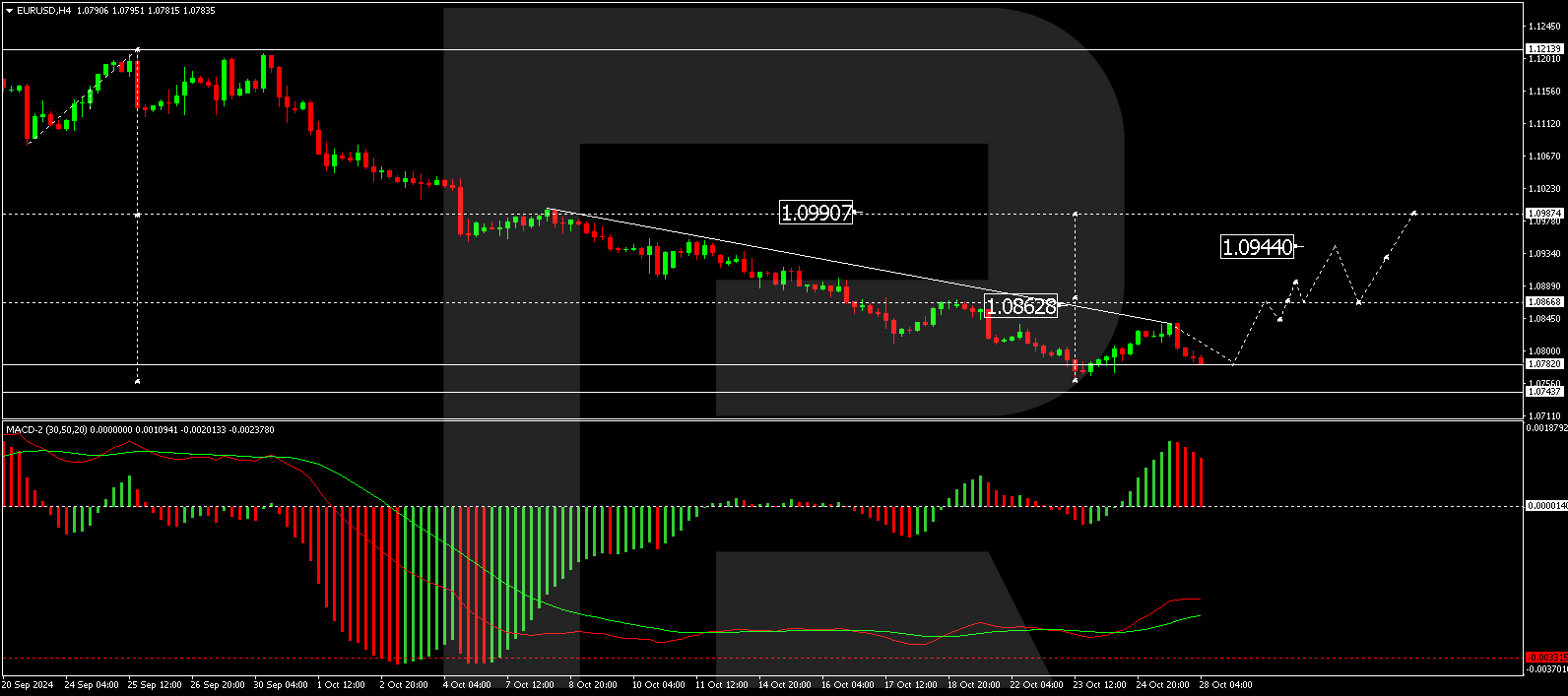
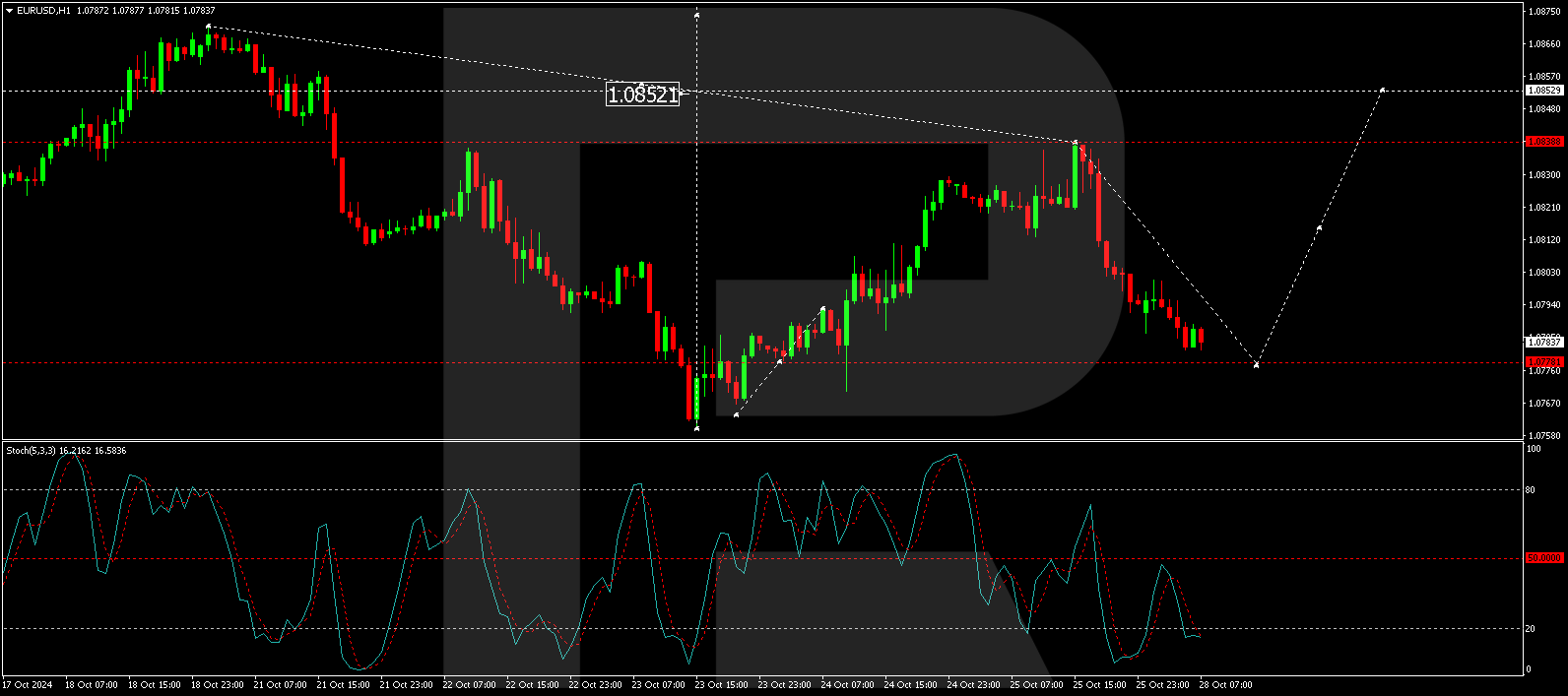
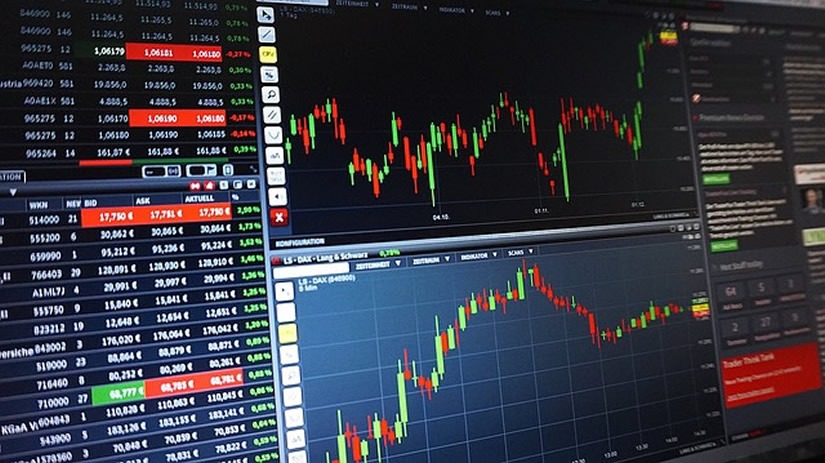
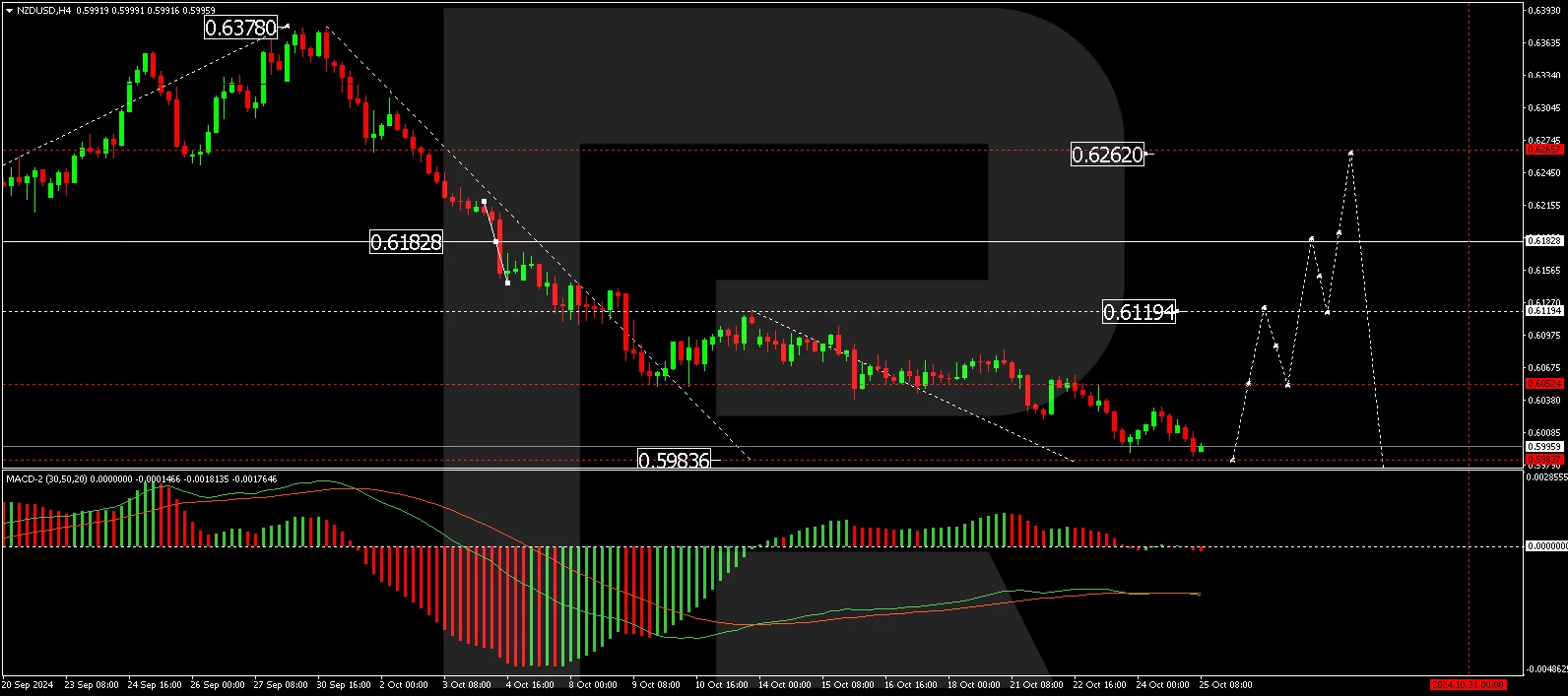
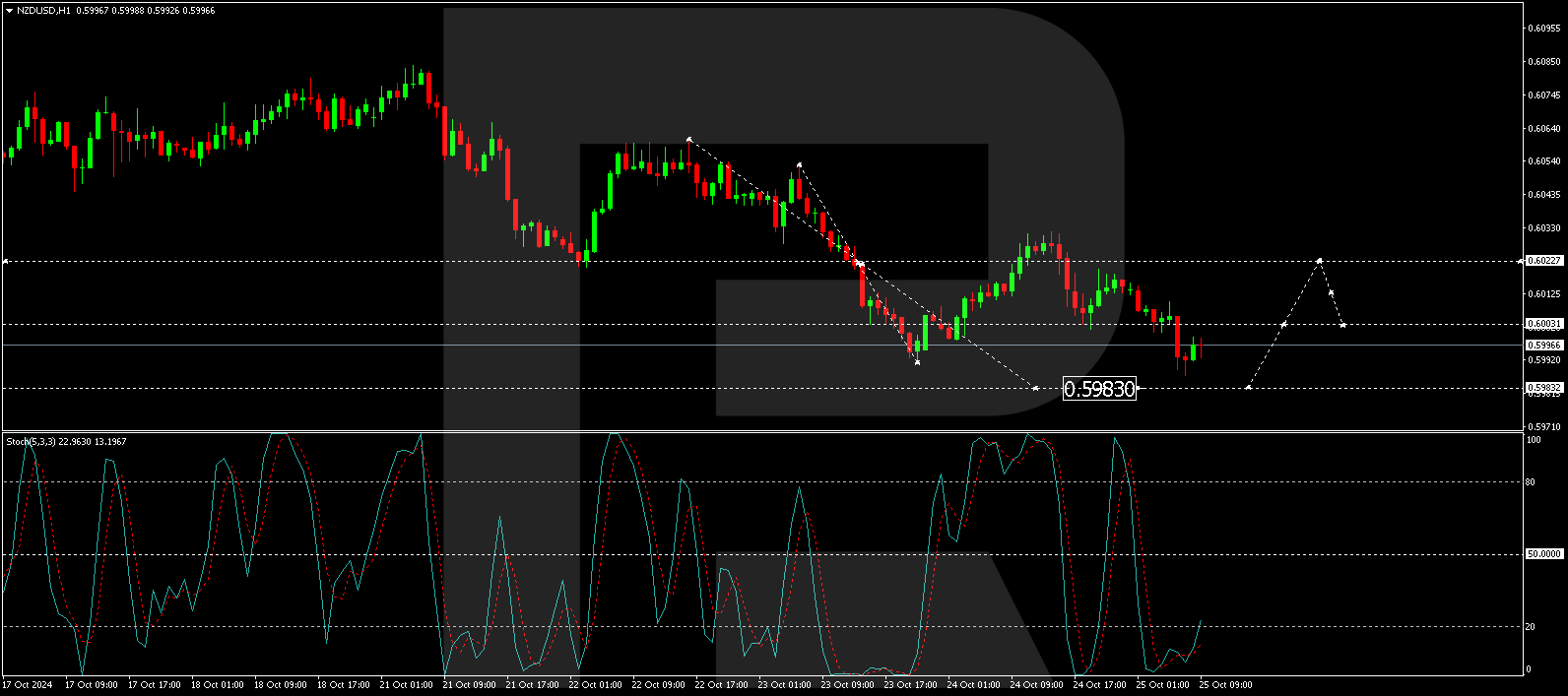
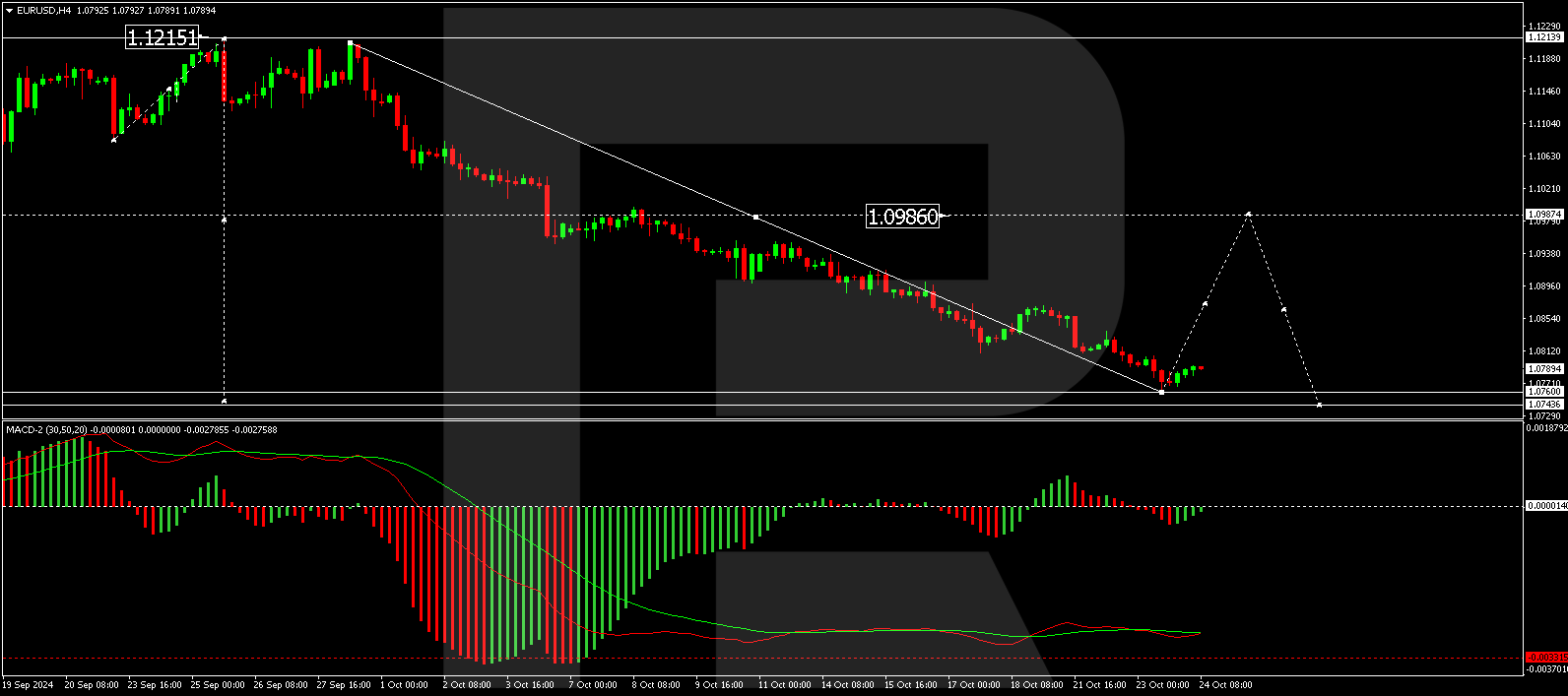


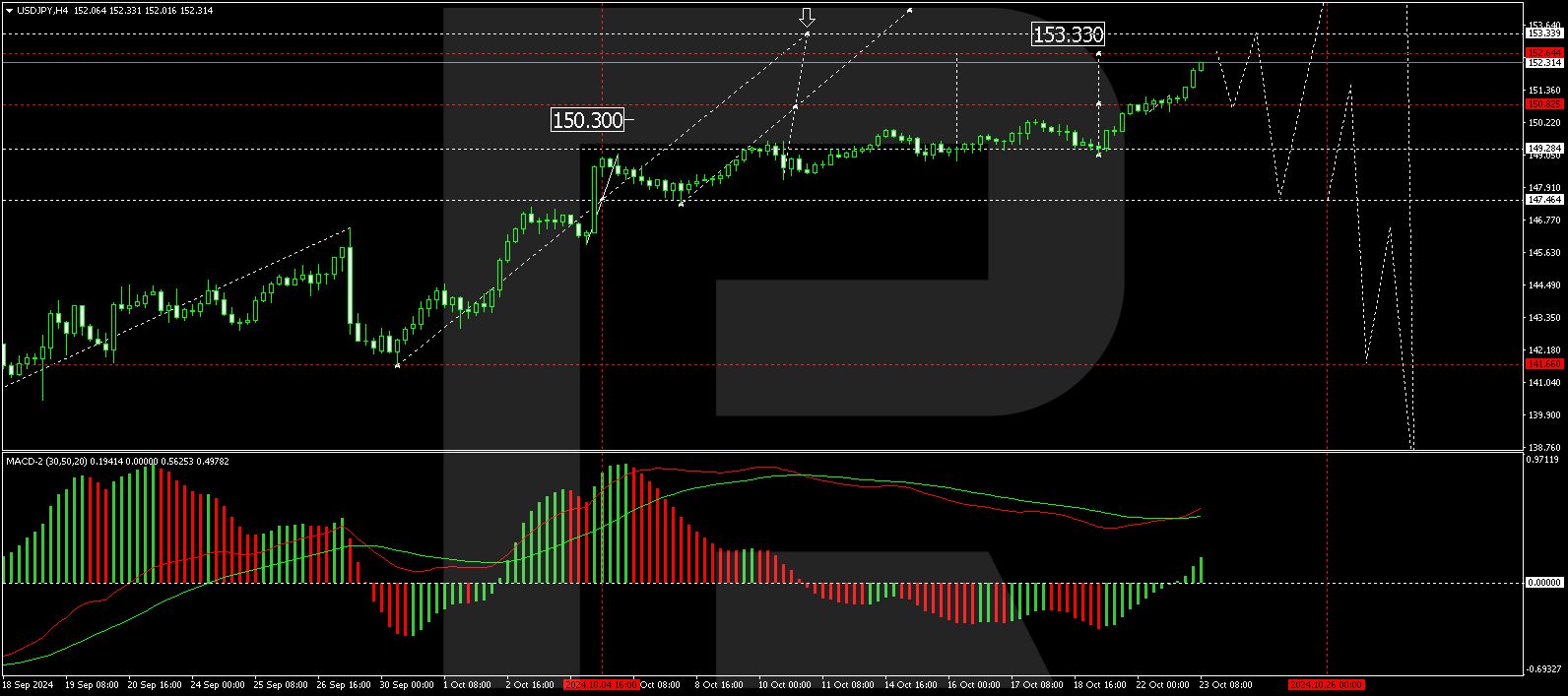




 Article by
Article by 

